Jala-Life Premium Ashwagandha with Zinc and Vitamin B1
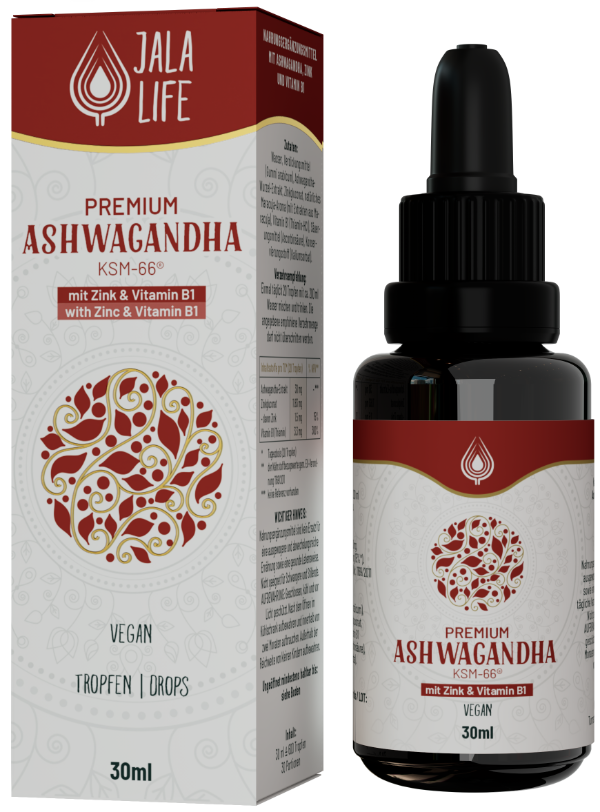
The Jala-Life Formula
Clinical studies show positive effects in the following areas:
Ingredients: Swiss water, thickener (gum arabic), organic ashwagandha root extract (KSM-66®), zinc gluconate, natural passion fruit flavor (with passion fruit extract), vitamin B1 (thiamine-HCl), acidifier (ascorbic acid), preservative (potassium sorbate).
Jala-Life Premium Ashwagandha with Zinc and Vitamin B1

The Jala-Life Formula
Clinical studies show positive effects in the following areas:
Ingredients: Swiss water, thickener (gum arabic), organic ashwagandha root extract (KSM-66®), zinc gluconate, natural passion fruit flavor (with passion fruit extract), vitamin B1 (thiamine-HCl), acidifier (ascorbic acid), preservative (potassium sorbate).
What is ashwagandha?
Ashwagandha is a plant from the nightshade family that originated in South Asia. It occurs naturally in large amounts in India and Nepal, among other places. The botanical name Withania somnifera is composed of the plant genus Withania and the species name somnifera, which means something like “sleep-inducing”. In Ayurvedic medicine, ashwagandha has been used for 3,000 years due to its versatile applications and excellent tolerability. For example, dried roots of the plant are ground into powder and boiled with milk, ghee butter and spices. Ashwagandha milk is traditionally taken to increase concentration and memory function, to calm the nerves or to improve the quality of sleep. In addition, ashwagandha is used to increase fertility and libido. Modern research shows again and again that the use of Ashwagandha is justified. For example, clinical studies have shown that ashwagandha can increase sleep quality, brain power, muscle strength or endurance. In addition, a clinical study showed that daily intake of a root extract can normalize thyroid levels in hypothyroid patients.
The plant is particularly valued for its adaptogenic properties, which have been confirmed in numerous clinical studies. Adaptogens are agents that can help us better adapt to situations with increased physical and emotional stress. In recent years, some studies have been published that have shown that ashwagandha can significantly reduce the “stress sensation” or even “anxiety”.
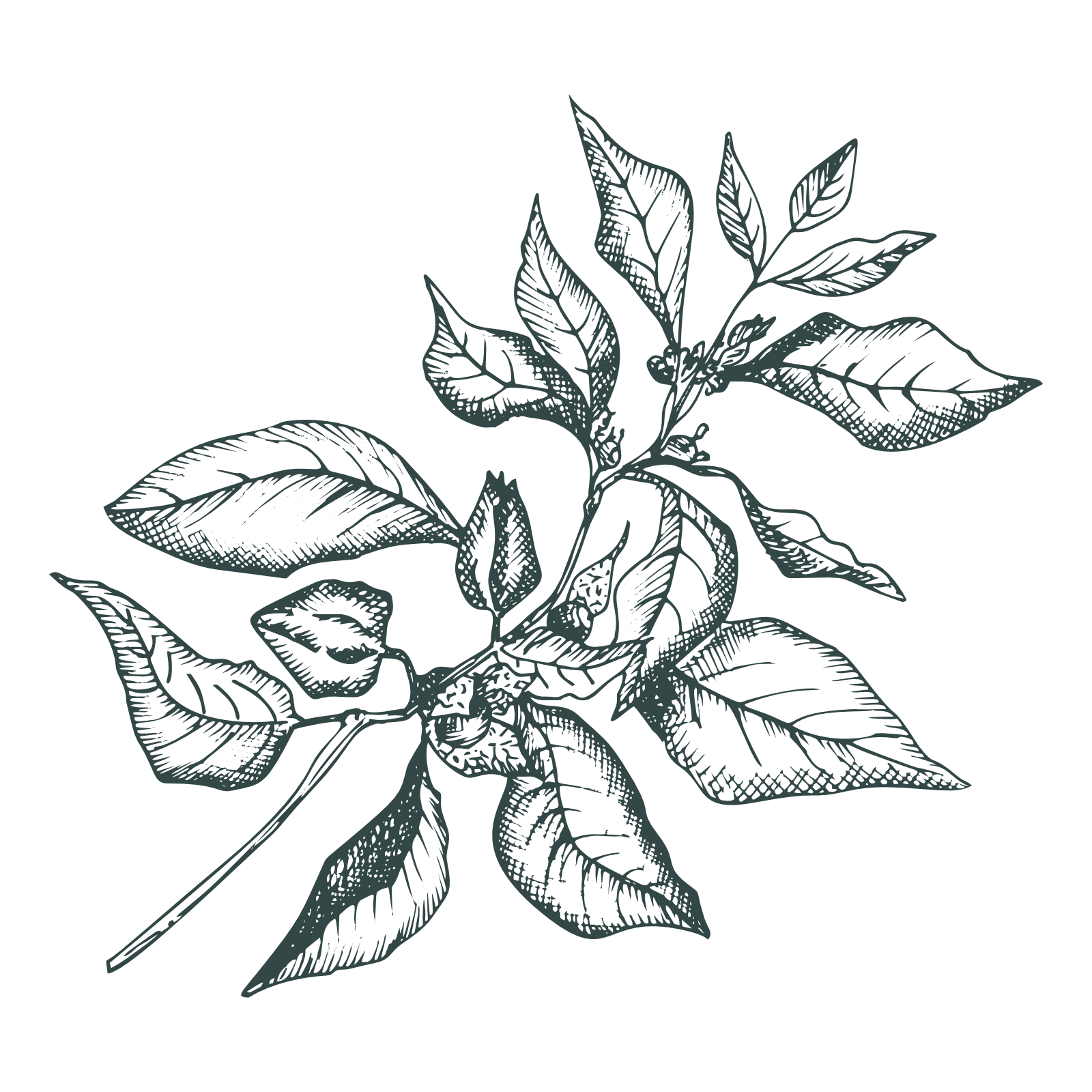
Ashwagandha fits perfectly into our time!
Our everyday lives are characterized by pressure to perform as well as stress, which is not infrequently associated with sleepless nights. Persistent lack of sleep in turn reduces performance and causes a reduced resistance to stress, creating a never-ending downward spiral. In traditional Indian medicine, ashwagandha is used to break this vicious cycle.
KSM-66® Ashwagandha!
Ashwaganhda root contains a variety of bioactive substances, the composition and content of which can vary greatly depending on geographical location, climate and soil conditions. Older roots have a lower content of these substances, which is why KSM-66® Ashwagandha root extracts are produced exclusively from young roots of the plant. KSM-66® cultivation areas, located in the Indian state of Rajasthan, are among the best locations in the world for cultivating ashwagandha with the highest active ingredient content and highest quality.
Experience the Ashwagandha effect and visit our store now!
Experience the Ashwagandha effect and visit our store now!
Bioavailability
Active ingredients from medicinal plants have very low water solubility. Such substances can be absorbed extremely poorly by our body into the systemic bloodstream. Therefore, very high doses of extracts from medicinal plants are often used in clinical studies in order to achieve therapeutic effects. In addition, the extracts are usually in a form enriched with active ingredients, or directly isolated active ingredients are used in high doses. Simple dietary supplements normally have too low a concentration of active ingredients to achieve any significant physiological effect. Why is this so? It is not uncommon for the active ingredients contained in medicinal plants to be subject to numerous “absorption barriers”, as a result of which 95–99 percent of the active substances taken perorally cannot reach the systemic bloodstream. Highly fat-soluble active ingredients distribute very poorly on the absorptive surface of the small intestine, which greatly reduces the likelihood of their absorption. Another factor contributing to the low uptake of such compounds is the “first-pass effect” of the liver. Enzymes are secreted in the liver that recognize and break down such fat-soluble compounds. This is a protective function of our body to keep potentially dangerous substances from entering the systemic bloodstream. In addition, many active ingredients are very unstable in the acidic environment of the stomach and are already eliminated during stomach passage. The percentage of an active ingredient that can be absorbed into the systemic bloodstream in its unchanged, biologically active form is referred to as being “bioavailable”. The bioavailability of curcumin, for example, is only about 0.5 percent, which means that correspondingly high doses must be taken for a therapeutic effect.
For this reason, Jala-Life goes the “water-soluble route”! We enclose high-quality plant extracts in water-soluble transporters. In this form, the active ingredients contained in the extract can be quickly and efficiently absorbed by the body. We achieve this without the use of piperine, synthetic additives or other questionable absorption enhancers. Our water-soluble transporter system releases 95–99 percent of the ingested active ingredients into the systemic bloodstream of the body, where they can act unhindered. This system also enables the intake of even very small doses to be completely sufficient, which does not unnecessarily burden the body with constant degradation processes.
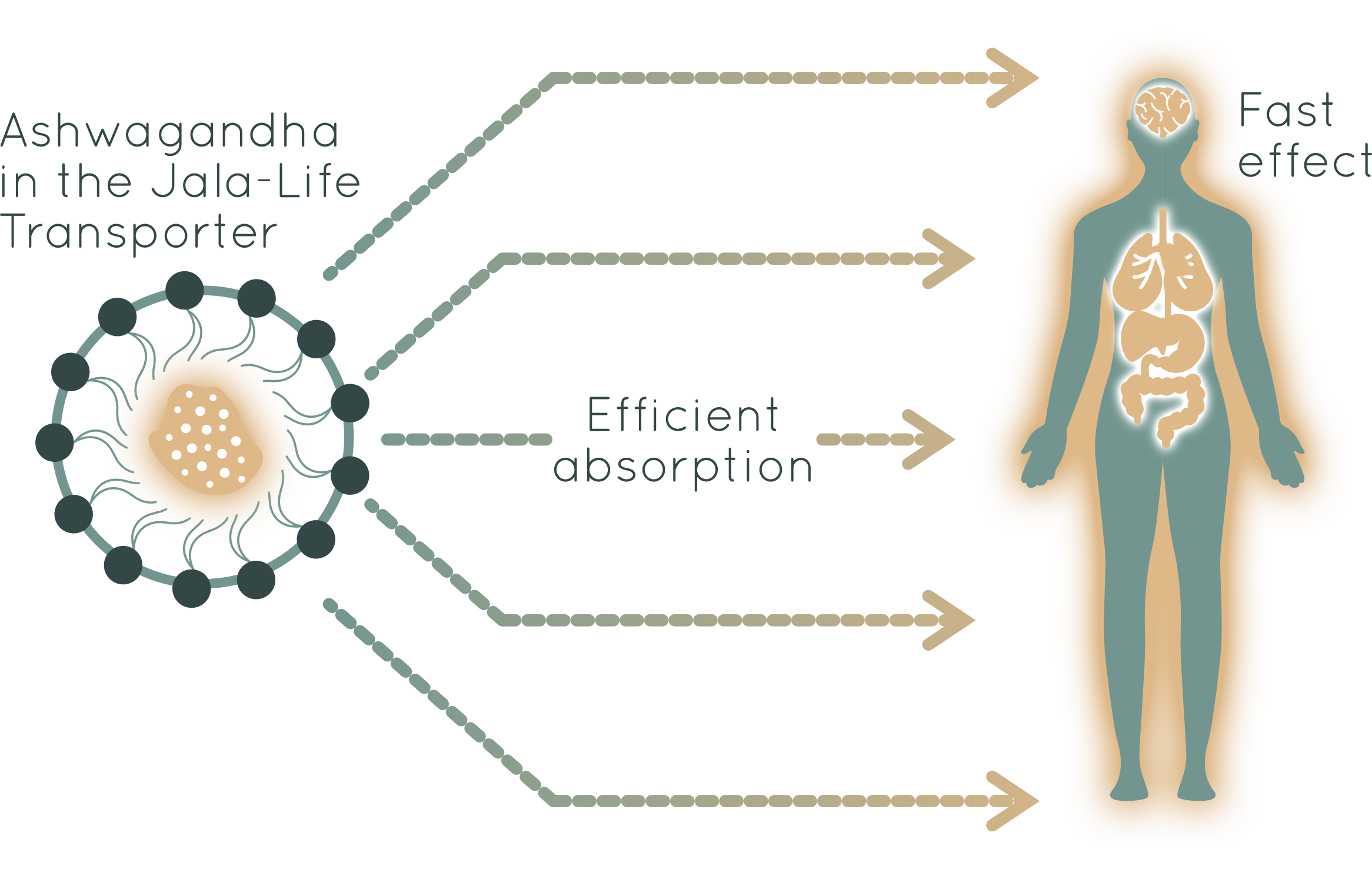
Jala-Life Premium Ashwagandha compared to conventional capsules, tablets or powders:

Capsules, tablets or powder
· Ashwagandha effect noticeable only after 2 to 3 weeks
· Adjustment of the dose not possible or only possible with difficulty
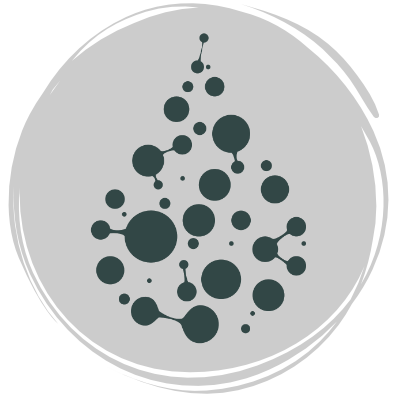
Jala-Life Premium Ashwagandha
Ashwagandha, zinc and vitamin B1 is the perfect combination!
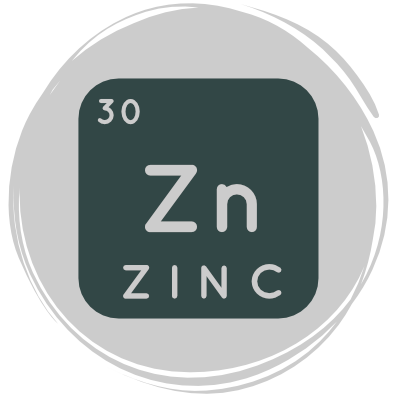
Why zinc?
The combination of ashwagandha and zinc may offer potentially synergistic benefits, particularly with regard to the immune system and hormone regulation. Ashwagandha is traditionally considered an immune modulator and may increase immune cell activity. Zinc plays an important role in immune system function and may promote immune cell production and activity. Ashwagandha is known for its stress-reducing properties and its ability to help the body adapt to stress. Zinc may also help with stress management, as it is involved in the regulation of stress hormones. In addition, ashwagandha can help balance hormones, while zinc is important in regulating the endocrine system.
A combination of both substances can thus better contribute to keeping the immune system fit, reducing stress, improving general well-being and maintaining hormonal balance.
Zinc contributes to
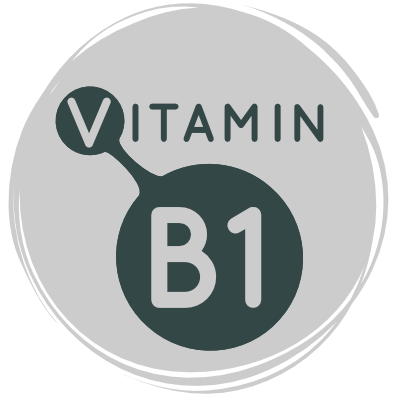
Why vitamin B1?
Vitamin B1 is heat-sensitive and water-soluble, which means that it is destroyed by cooking or lost in boiling water. In many countries, foods such as flour or rice are fortified with vitamin B1 to counteract vitamin B1 deficiency in the population. Since the daily intake of vitamin B1 is often far below the recommendations, it is one of the critical vitamins.
Particularly in the case of increased physical and mental stress, attention should be paid to an adequate supply of vitamin B1, as it plays an important role in energy metabolism and in maintaining the functions of nerve cells. It boosts the effects of ashwagandha, which helps calm your nerves, especially during increased physical and mental stress!
There is evidence that ashwagandha and vitamin B1 may have some synergistic effects. Studies have shown that stress can increase the need for certain B vitamins, including vitamin B1. An adequate supply of B vitamins is essential for energy metabolism and nervous system health. Ashwagandha can help manage stress and promote overall well-being, while vitamin B1 supports energy metabolism, which is very important during stressful periods of life!
Vitamin B1 contributes to
Get your Ashwagandha with zinc and vitamin B1 today!

CannSol ist NATÜRLICH und NACHHALTIG!
All unsere Rohstoffe sind frei von Gentechnik, rein natürlich und stammen von renommierten Produzenten, die unsere Kriterien für höchste Qualität erfüllen. Jede Zutat wird von unabhängigen Laboren auf Herz und Nieren geprüft, um höchste Reinheit und Qualität sicherzustellen. All unsere Produkte enthalten Schweizer Wasser und ausschliesslich rein natürliche Pflanzenextrakte und Vitamine, die aus nachhaltiger, nachvollziehbarer und schonender Produktion stammen.

CannSol ist VEGAN!
All unsere Rohstoffe, die wir für die Herstellung unserer Produkte verwenden, sind garantiert zu 100% vegan! In sämtlichen Produktionsschritten verwenden wir bewusst keine tierischen Produkte oder Hilfsmittel. Somit sind all unsere Produkte für eine vegane Ernährungsweise bestens geeignet!
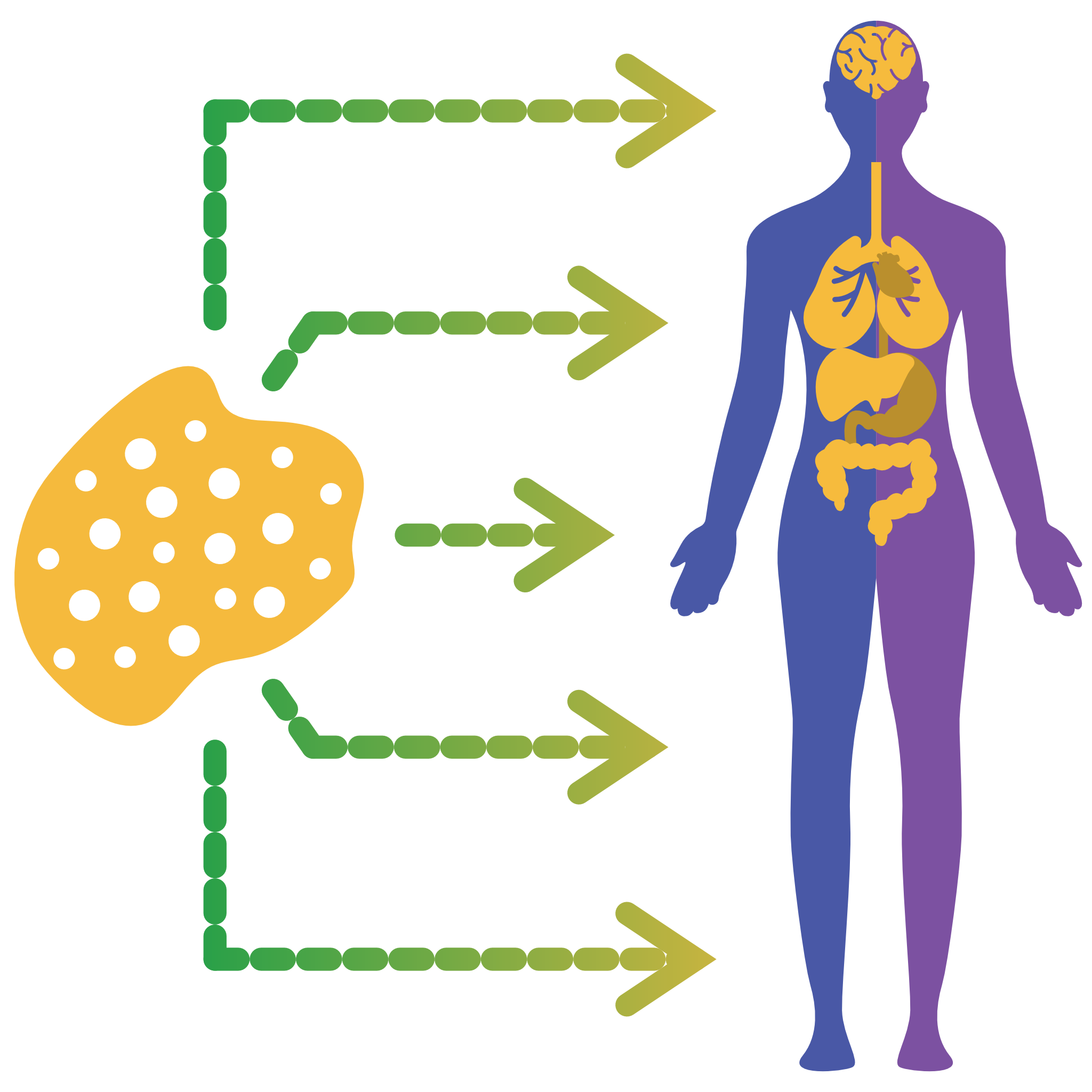
CannSol ist maximal BIOVERFÜGBAR!
Die Bioverfügbarkeit bezeichnet den Anteil eines Wirkstoffes, der unverändert und in seiner aktiven Form im systemischen Blutkreislauf zur Verfügung steht. Eine schlechte Wasserlöslichkeit eines Wirkstoffes führt normalerweise zu einer niedrigen Bioverfügbarkeit, wenn dieser oral eingenommen wird. Aus diesem Grund gehen wir den »wasserlöslichen Weg«, um die Bioverfügbarkeit unserer Extrakte und Vitamine zu maximieren.

CannSol ist SWISS-MADE!
Sämtliche Produkte werden in der Schweiz hergestellt! Jeder Produktionsschritt - von der Idee bis hin zum fertigen Produkt – findet in der Schweiz statt und erfüllt höchste Qualitätsanforderungen!
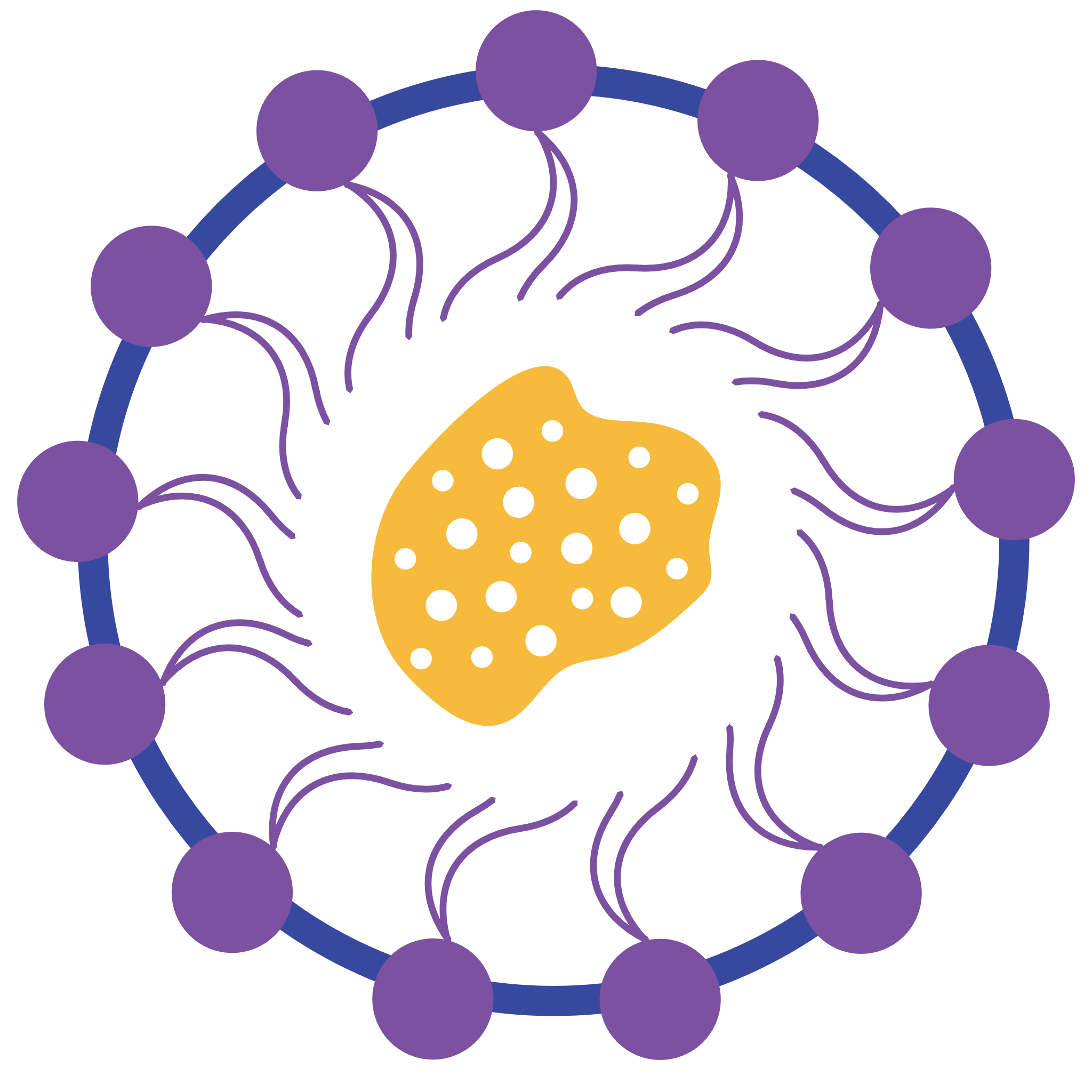
CannSol ist WASSERLÖSLICH!
CannSol geht den "wasserlöslichen" Weg! Wir schliessen hochwertige Pflanzen-Extrakte in wasserlösliche Transporter ein. In dieser Form können die im Extrakt enthaltenen Wirkstoffe schnell und effizient vom Körper aufgenommen werden. Dies erreichen wir ganz ohne den Einsatz von Piperin, synthetischen Hilfsmitteln oder anderen bedenklichen Aufnahmeverstärkern. Unser wasserlösliches Transporter-System gibt 95-99 Prozent der eingenommenen Wirkstoffe in den systemischen Blutkreislauf des Körpers ab, wo sie ungehindert wirken können!